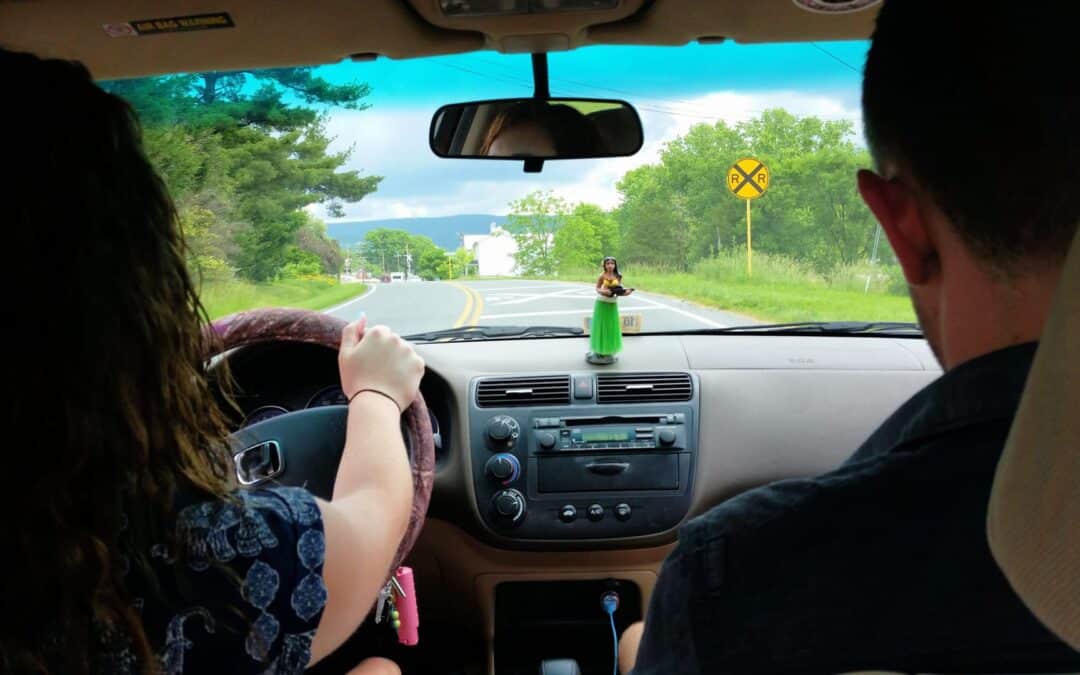Auto insurance isn’t one-size-fits-all, especially when it comes to Louisiana. Drivers in the state contend with a unique mix of challenges like unpredictable weather, high accident rates, and litigation risks. It’s essential to understand how Louisiana auto insurance differs from other states. This article will cover minimum coverage, uninsured motorist policies, comprehensive needs, high-risk drivers, and premium comparisons to give drivers the whole picture.
Understanding Minimum Liability Coverage
Minimum liability coverage is the bedrock of auto insurance, and in Louisiana, it’s unique. The state’s required limits are higher than in some other parts of the country because of the legal environment and the state’s particular risks. A friend recently shared a story about moving to Louisiana and being surprised by the different requirements, quickly realizing that their out-of-state policy wasn’t cutting it. It’s essential to understand the minimum limits in Louisiana to ensure compliance.
- Drivers must carry at least $15,000 per person and $30,000 per accident for bodily injury liability.
- Property damage liability minimum is $25,000, higher than some other states.
- Coverage often costs more due to local factors like litigation trends and frequent accidents.
Uninsured and Underinsured Motorist Coverage
Uninsured and underinsured motorist coverage becomes crucial in Louisiana. The state has one of the highest rates of uninsured drivers in the country, putting compliant drivers at risk. Having proper UM/UIM coverage can be a lifeline when dealing with accidents involving underinsured or uninsured motorists. The process of recovering damages can be tedious without this coverage.
- Uninsured motorist coverage is required unless waived in writing.
- Drivers are more protected against hit-and-runs and drivers lacking adequate insurance.
- UM/UIM policies often include both bodily injury and property damage protection.
Comprehensive Coverage Needs
When it comes to natural disasters like hurricanes and floods, Louisiana faces challenges that require robust comprehensive coverage. Without it, drivers could be left footing the bill for significant damages due to the weather’s wrath. Comprehensive auto insurance policies are tailored to handle these threats, which are unique to the region. Skipping this type of coverage isn’t a smart move here.
- Hurricanes, floods, and tornadoes routinely affect drivers statewide.
- Comprehensive coverage helps mitigate damage from fallen trees and debris.
- Drivers can add specialized coverage like flood insurance for extra protection.
High-Risk Drivers in Louisiana
Louisiana has its fair share of high-risk drivers, partly due to the state’s high accident and litigation rates. High-risk drivers often find themselves paying more for auto insurance or being placed in an assigned risk pool. But many of these drivers still have viable options to secure their coverage.
- High-risk drivers may need SR-22 forms to reinstate licenses after certain violations.
- The Louisiana Automobile Insurance Plan (LAIP) offers coverage for high-risk drivers.
- Defensive driving courses can help lower insurance rates for some high-risk drivers.
Comparing Premium Costs Across States
It’s no secret that Louisiana auto insurance premiums are among the highest in the nation, and several factors contribute to this. A combination of higher minimum coverage, accident rates, and litigation costs make it tough for drivers to find affordable rates. Drivers often notice the stark difference in premiums when moving to the state from elsewhere. But understanding these factors can help one make sense of the market.
- Louisiana premiums average over $2,000 annually, well above the national average.
- The state’s high accident and litigation rates drive up costs.
- Flood risks and other natural disasters further contribute to premium hikes.
Key Takeaways: How Louisiana Auto Insurance Differs from Other States
- Louisiana requires higher minimum liability limits than some states.
- Uninsured motorist coverage is crucial due to the high rate of uninsured drivers.
- Natural disasters make comprehensive coverage vital to protect against weather damage.
- High-risk drivers face unique challenges but have available resources like LAIP.
- Louisiana has some of the highest premiums, driven by local factors like litigation and accident rates.
Frequently Asked Questions
- Why is auto insurance so expensive in Louisiana?
Premiums are high due to the state’s high accident and litigation rates and vulnerability to natural disasters. - Is uninsured motorist coverage mandatory in Louisiana?
No, but drivers must sign a waiver if they choose to opt out of this coverage. - How can high-risk drivers find affordable auto insurance in Louisiana?
They can explore options like the Louisiana Automobile Insurance Plan and take defensive driving courses. - Does comprehensive coverage include flood protection?
Yes, comprehensive insurance typically covers flood-related damages, but it’s best to confirm with the insurer. - Are SR-22 forms required for all high-risk drivers in Louisiana?
No, SR-22 forms are typically needed for specific violations like DUI or driving without insurance.
This comprehensive overview of Louisiana auto insurance provides insight into the unique aspects of policies in the state. Drivers should make sure their coverage meets local requirements and addresses the risks unique to Louisiana.
- About the Author
- Latest Posts
With over 80 years of combined experience, Southern Ambit Insurance stands as an authority in simplifying the complex world of insurance. Our team is committed to providing exceptional customer service, conducting thorough risk assessments, and crafting tailored policies that offer our clients the best protection and peace of mind.







